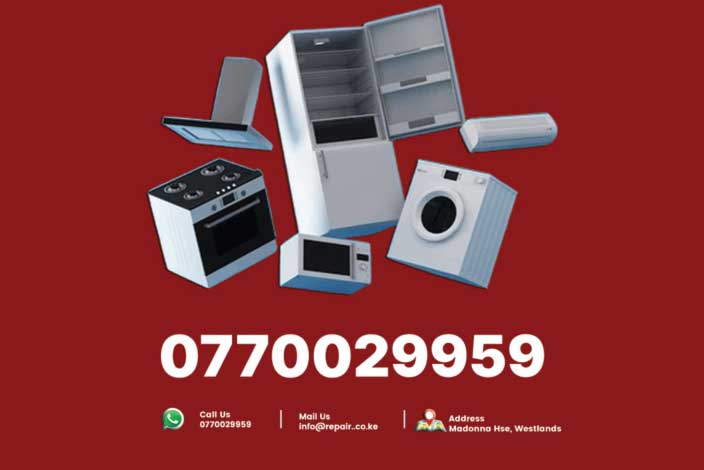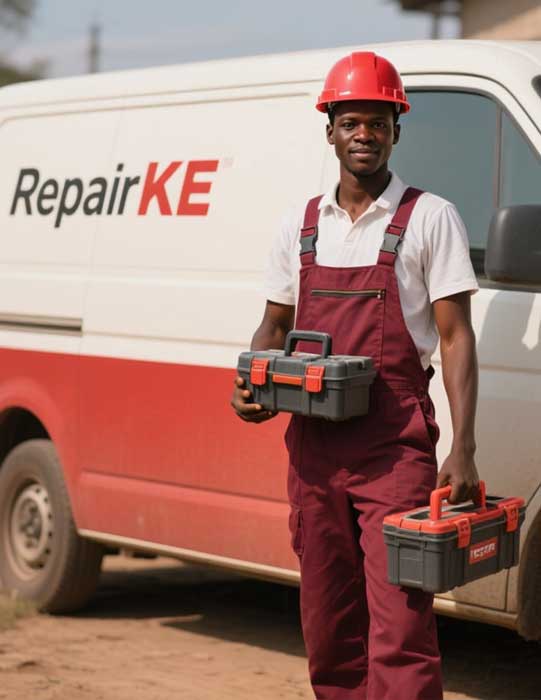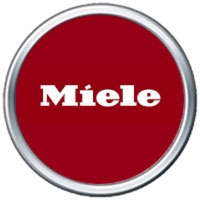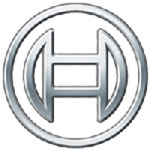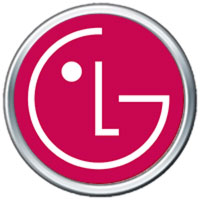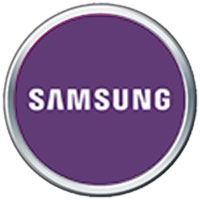Mini washing machines, how they look & function
Mini washing machines are small, portable devices. They clean clothes in small spaces. Repair.co.ke sees many of these machines. They are popular in apartments, dorms, and small homes. Their size and features make them different from full-size washing machines.
Appearance of Mini Washing Machines
Mini washing machines are compact. Most are 2 to 3 feet tall. They are 1.5 to 2 feet wide. Depth is usually 1.5 to 2 feet. They weigh 20 to 50 pounds. This makes them easy to move. Many have a boxy shape. Some have rounded edges for a modern look.
Colors are usually white, black, or silver. Some models have bright colors like red or blue. The body is made of plastic or lightweight metal. This keeps the machine durable but not heavy. A clear lid is common. It lets users see clothes inside. Some lids are tinted.
The front or top has a control panel. This panel has buttons or dials. Some newer models use touch controls. The panel shows settings like wash time or water level. A small digital display may show the cycle status.
Most mini washing machines have a single tub. Some have two tubs. One tub is for washing, the other for spinning. Dual-tub models are wider. Single-tub models are more compact. Many have handles on the sides. This helps with carrying. Some have wheels for easy movement.
Hoses and cords are short. They tuck neatly into the machine. A drainage hose comes out the back or bottom. The power cord is usually 3 to 5 feet long. Some models have a built-in basket for easy loading.
Types of Mini Washing Machines
Mini washing machines come in different types. Repair.co.ke repairs all kinds. The main types are portable, semi-automatic, and fully automatic.
Portable washing machines are the smallest. They hold 5 to 10 pounds of clothes. They need manual water filling. Users pour water into the tub. These machines are simple. They have basic wash and spin functions. They are good for small loads like baby clothes or delicates.
Semi-automatic models have two tubs. One tub washes clothes. The other spins them dry. Users move wet clothes from the wash tub to the spin tub. These machines need manual water filling. They have more settings than portable models. They can handle 10 to 15 pounds of clothes.
Fully automatic mini washing machines are the most advanced. They work like full-size machines. They connect to a water source. The machine fills and drains water automatically. They have multiple wash cycles. These include normal, delicate, and heavy-duty. They hold 10 to 20 pounds of clothes.
How Mini Washing Machines Function
Mini washing machines clean clothes using water, detergent, and motion. The process is simple. Users load clothes into the tub. They add detergent. Water is added manually or automatically, depending on the model.
The machine agitates clothes. This means the tub moves back and forth. Some models have a pulsator. This is a disc at the bottom of the tub. It spins to create water currents. These currents move clothes and clean them. Agitation lasts 5 to 15 minutes, based on the cycle.
After washing, the machine drains water. In semi-automatic models, users move clothes to the spin tub. The spin cycle removes water. The tub spins fast, up to 1,300 RPM. This pushes water out of clothes. Spinning takes 2 to 5 minutes. Fully automatic models do this in one tub.
Some mini washing machines have a rinse cycle. Water is added again. The machine agitates to remove detergent. Then it drains and spins again. This leaves clothes clean and mostly dry.
Features of Mini Washing Machines
Mini washing machines have useful features. Many have adjustable water levels. This saves water for small loads. Timers let users set wash and spin times. Some models have delay-start options. This lets users start washing later.
Newer models have digital controls. These show cycle progress. Some have error codes for problems. Repair.co.ke uses these codes to fix issues fast. Some machines have a lint filter. It catches lint and debris. Users clean it after each wash.
Energy use is low. Most mini washing machines use 200 to 400 watts. This is less than full-size machines. They work with standard outlets. No special wiring is needed. Water use is also low. They use 5 to 15 gallons per load. Full-size machines use 30 to 40 gallons.
Benefits and Limitations
Mini washing machines are good for small spaces. They fit in closets or bathrooms. They are easy to store. Moving them is simple because of their weight. They are cheaper than full-size machines. Prices range from $50 to $300.
They save time. Users avoid laundromats. They are good for small families or singles. They handle daily laundry well. Delicate clothes like silk or wool are washed safely with gentle cycles.
Limitations exist. They cannot handle large loads. Bedding or blankets may not fit. Spin cycles are less powerful than full-size machines. Clothes may need air-drying. Manual models need more user effort. Repairs can be tricky. Repair.co.ke sees issues like motor failure or hose leaks.
Maintenance Tips
Mini washing machines need care. Clean the tub after every use. Wipe it with a damp cloth. Remove lint from filters. Check hoses for clogs. Use the right amount of detergent. Too much causes buildup.
Run an empty cycle monthly. Use vinegar to clean the tub. This removes soap residue. Store the machine in a dry place. Moisture can damage parts. Repair.co.ke suggests yearly checkups. This prevents big problems.
Mini washing machines are practical. They save space and money. Their design is simple. Their functions are easy to use. They meet the needs of small households. Repair.co.ke sees them as a growing trend in Kenya.

